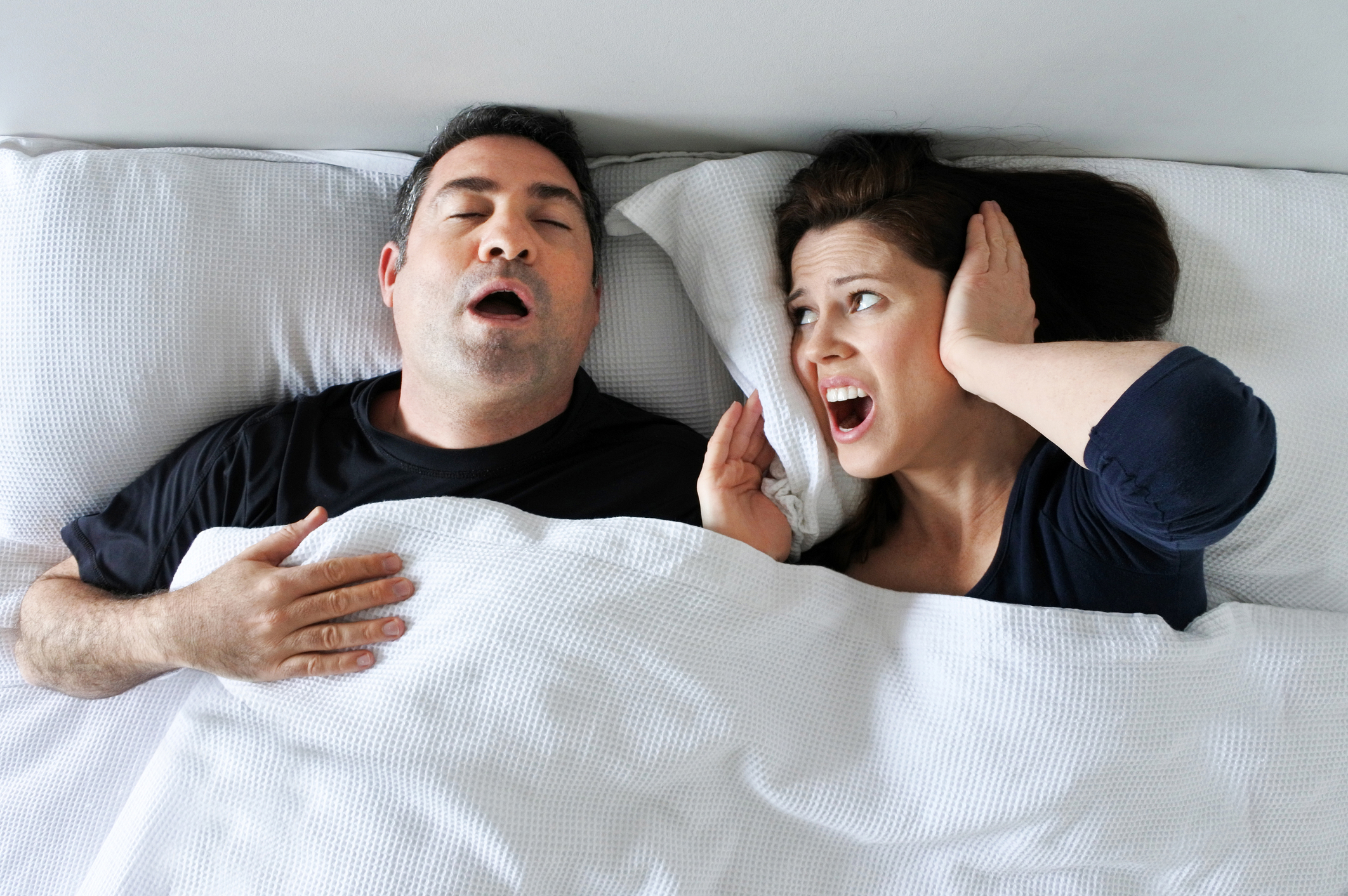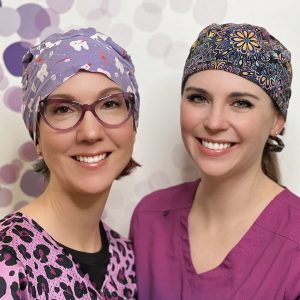Maybe your dentist recommended you take your child to a myofunctional therapist.
Perhaps you heard a friend or family member talking about the benefits of this type of therapy.
In this article, we are going to talk about what myofunctional therapy is, what it helps correct and how to find the right therapist in Calgary.
Myofunctional Therapy in Calgary: Enhancing Oral Health and Wellness
What is Myofunctional Therapy?
Myofunctional therapy treats conditions related to the function of the muscles in the face and mouth.
This therapy involves a series of exercises and techniques designed to strengthen and retrain the orofacial muscles to improve breathing, chewing, swallowing, and sometimes speech.
The main idea behind myofunctional therapy is that issues such as speech difficulties, teeth misalignments, mouth breathing, and much more can be linked to the incorrect use or development of the muscles of the face and mouth. By addressing these muscular imbalances or weaknesses, myofunctional therapy seeks to correct the underlying causes of these conditions, leading to long-term improvements in health and well-being.
Typical elements of a myofunctional therapy program may include:
- Exercises to strengthen the tongue, lips, and cheek muscles.
- Techniques to improve breathing through the nose rather than the mouth.
- Habits modification to address behaviors such as thumb sucking, nail-biting, or extended use of pacifiers that can affect oral development.
- Posture correction to support proper orofacial muscle function.
Orofacial myofunctional therapy is often recommended for individuals of all ages, from children to adults, who exhibit signs of tongue thrusting, abnormal oral rest posture, and atypical swallowing patterns.
They may also have a tongue forward tongue posture, gum disease, an open bite, flared front teeth, and other harmful habits.
Orofacial myofunctional disorders are treated by trained myofunctional therapists who work closely with dentists, orthodontists, and other specialists to provide a comprehensive treatment approach tailored to each individual’s needs.
Understanding Myofunctional Therapy
The science behind myofunctional therapy and how it works
The science behind orofacial myofunctional therapy primarily revolves around the principles of neuromuscular re-education and adaptation, focusing on the orofacial complex, which includes the muscles of the mouth, jaw, tongue, and related structures. This therapeutic approach leverages the body’s natural ability to adapt and change in response to consistent, targeted exercises and activities. Here’s an in-depth look at the underlying scientific concepts:
Neuromuscular Re-Education
Myofunctional therapy employs exercises that are designed to improve the strength, coordination, and function of the facial muscles. The principle of neuromuscular re-education underpins this approach, suggesting that through repetitive and targeted exercises, it’s possible to alter the brain’s control over these muscles and improve oral rest posture. This is due to neuroplasticity, which is the brain’s ability to reorganize itself by forming new neural connections throughout life. By consistently training these muscles, patients can develop healthier habits and patterns of muscle use.
Muscle Tone and Posture
A key focus of myofunctional therapy is improving muscle tone and posture of the orofacial muscles. Poor tone and posture can lead to a variety of issues, including malocclusion (misalignment of teeth), improper breathing patterns, and inefficient chewing and swallowing. By strengthening these muscles and encouraging proper posture, myofunctional therapy aims to correct these dysfunctions, leading to improved oral and overall health.
Airway Improvement
Myofunctional therapy also plays a crucial role in enhancing the airway function. Mouth breathing, for example, is a common issue targeted by myofunctional therapy. Mouth breathing can lead to or exacerbate conditions such as sleep apnea, snoring, and other breathing-related disorders. Through exercises that promote nasal breathing and proper tongue positioning, myofunctional therapy can help improve airway patency (openness), which enhances oxygen intake and can lead to better sleep quality and overall health.
Developmental Benefits
For children, myofunctional therapy not only addresses existing issues but also supports proper orofacial development. This can have far-reaching effects, including the promotion of proper dental arch development, potentially reducing the need for orthodontic treatment later in life. It can also encourage healthy eating habits by improving chewing efficiency and promoting proper swallowing techniques.
Multidisciplinary Approach
While myofunctional therapy has its distinct mechanisms of action, it often complements other medical and dental interventions. For instance, in cases of obstructive sleep apnea, myofunctional therapy can be part of a comprehensive treatment plan that may include CPAP therapy, dental appliances, or surgery, thereby enhancing the overall effectiveness of treatment.
Benefits of Myofunctional Therapy
- Improved breathing patterns
- Enhanced speech clarity
- Reduction in symptoms of TMJ disorders
- Positive impacts on sleep quality, particularly with snoring and sleep apnea
- Long-term dental health benefits, including alignment issues
Recognizing Myofunctional Disorders
Signs and symptoms indicating a myofunctional disorders
Myofunctional disorders encompass a range of issues related to the muscles and functions of the mouth and face. Recognizing the signs and symptoms of these disorders is crucial for timely intervention, which can lead to more effective treatment outcomes. Here are some common indicators:
Breathing Through The Mouth
One of the most noticeable signs of a myofunctional disorder is habitual open mouth posture and breathing instead of nasal breathing. This can lead to dry mouth, increased dental decay, and may contribute to sleep disturbances.
Improper Swallowing Patterns
Also known as “tongue thrust,” this refers to a swallowing pattern where the tongue presses against or moves forward between the upper and lower teeth. This can impact dental alignment, speech, and the ability to bite through foods with the front teeth.
Speech Difficulties
Difficulties with articulation, such as lisping, can be associated with orofacial myofunctional disorders. These issues often stem from improper tongue placement during speech.
Dental Issues
Misalignments such as open bites (where front teeth don’t touch when the mouth is closed), crowded teeth, or malocclusion can indicate a myofunctional disorder. These issues are often exacerbated by improper tongue resting posture or pressure.
Difficulty Chewing
Challenges with effectively chewing food can be related to weakened or improperly functioning orofacial muscles.
Facial Pain or Discomfort
Frequent headaches, jaw pain, or facial discomfort may be linked to myofunctional disorders, particularly in cases involving temporomandibular joint (TMJ) dysfunction.
Snoring and Sleep Apnea
Orofacial myofunctional disorders can contribute to snoring and obstructive sleep apnea by affecting the airway’s openness. This is often related to the positioning of the tongue and oral tissues.
Habitual Behaviors
Habits such as thumb sucking, nail-biting, or extended use of pacifiers or bottles beyond the recommended age can both indicate and contribute to myofunctional disorders. Eliminating harmful habits is part of treatment.
Limited Tongue Mobility
A condition known as ankyloglossia, or “tongue-tie,” where the tongue’s range of motion is restricted due to a short, tight lingual frenulum, can be a sign of a myofunctional disorder. This can affect feeding in infants, speech, swallowing, and oral hygiene.
Recognizing these signs and symptoms early on can lead to a referral to an orofacial myofunctional therapist in Calgary for assessment and potentially beneficial therapy. Addressing myofunctional disorders can have a profound impact on oral health, quality of life, and overall well-being, including cosmetic changes.
Choosing the Right Myofunctional Therapist in Calgary
Orofacial myofunctional therapy is done by someone who has completed extensive training and is an expert at early detection. Therapists are university-educated and certified in Alberta and Canada. Most have a dental background and got further training due to a special interest in helping individuals with these issues.
Your first visit will be a consultation with the patient and therapist. They will ask a lot of questions, listen for certain sounds, look in the mouth, feel the muscles and provide recommendations. Often the goal is to increase awareness of certain things so that the right plan can be made.
They will prepare an individualized program that can have a significant impact on the orofacial myology of you or your children.
A Google search will provide a list of providers in Calgary; however, we recommend a visit with an orthodontist for your search. Problems with the mouth, teeth, lips, jaws and muscles are best treated with a team approach and the orthodontist is the leader.
Here, at Impact Orthodontics, with 2 locations in Calgary, we will have a free consultation with you and your child and find the right therapist to join our team if necessary.
Call or text us at 403-256-7797 to book an appointment or schedule online. We can’t wait to meet you!












